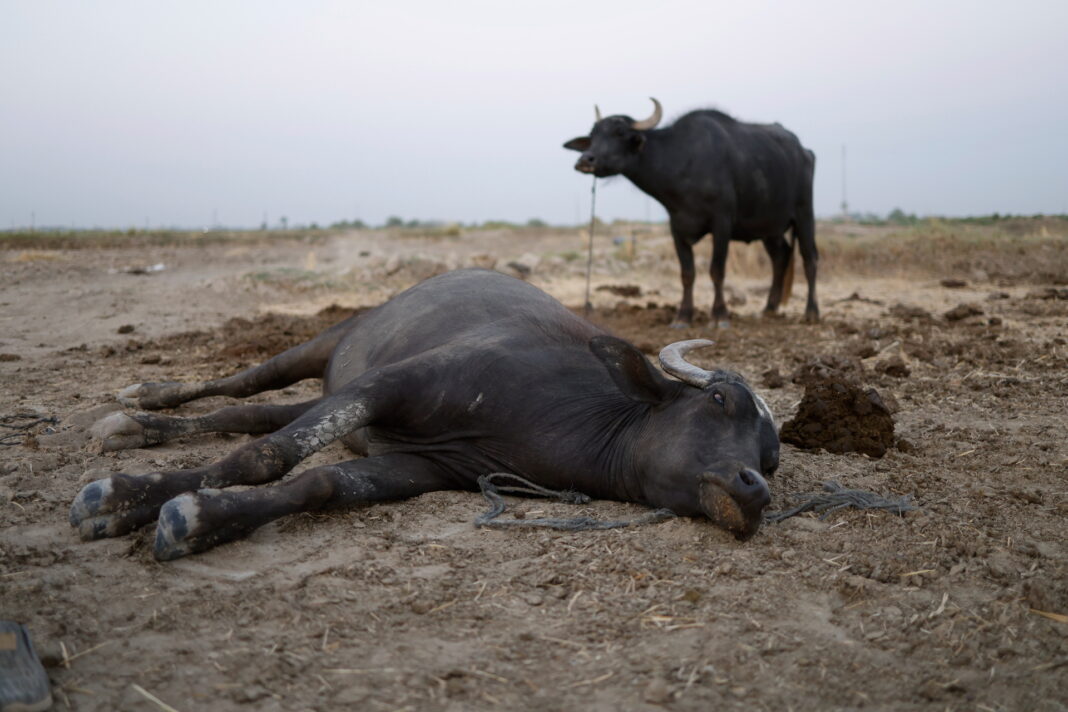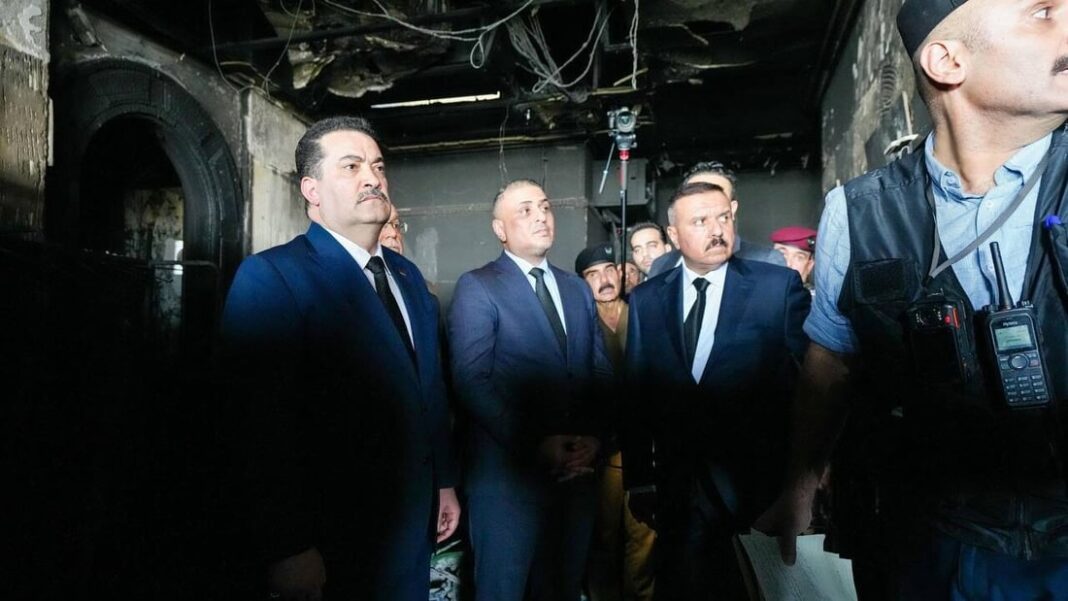Buffalo crisis hits Iraq again as drought continues to destroy the country’s southern wetlands. For the fourth year in a row, Iraq’s Mesopotamian marshes are suffering from extreme water shortages. This ancient region, once a vibrant ecosystem and now a UNESCO World Heritage site, is turning into cracked earth.
Local officials have reported the loss of nearly 14,000 buffaloes in recent years. The water supply continues to shrink, and buffalo herders are paying the price. Entire communities are now abandoning their traditional way of life.
Ahmed Bejay, a buffalo breeder from the area, explained the dire situation. “Animal breeders have migrated from the marshes,” he said. “Those who still own buffaloes are selling them.” His words show how deep the struggle runs across southern Iraq.
Many families have fled the drying lands. What were once lush, water-filled marshes are now dry, dusty fields. They have no choice but to search for new homes with safer conditions. Their animals cannot survive without water, and neither can their way of life.
The buffalo crisis hits Iraq hard due to multiple overlapping causes. Climate change plays a major role. However, it’s not the only issue. Dam construction upstream has restricted the flow of water into Iraq. On top of that, poor water management inside the country worsens the situation further.
If conditions do not improve, both the ecosystem and the ancient culture of marshland life could disappear. These wetlands are more than just grazing areas. They are also cultural heritage sites that hold deep historical and social value.
Despite these warnings, little action has been taken. More buffaloes are expected to die unless Iraq receives external help and better water policies.
Clearly, the buffalo crisis hits Iraq’s wetlands with severe consequences. Time is running out for these endangered animals, their breeders, and the marshes they all call home.



